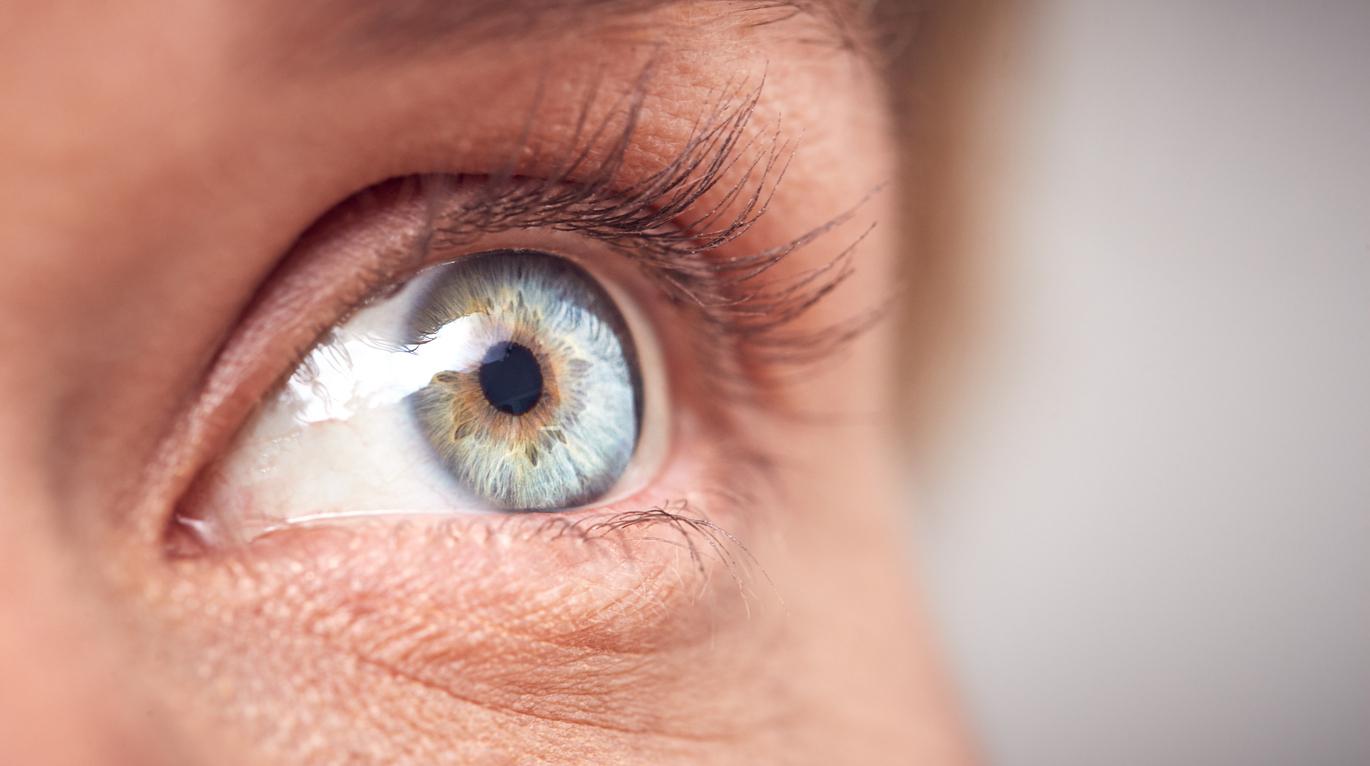Dyslexic, dyspraxic and dysphasic, Christopher tells us today how he learned to live with these language and learning disorders.

- 6 to 8% of the French population is affected by dyslexic disorders.
- Christopher is dyslexic, dyspraxic and dysphasic.
- He is the author of a comic strip which recounts his journey.
“I would like our society to be more tolerant, more open and less judgmental.” This back-to-school season, cartoonist Christopher is taking advantage of the promotion of his new autobiographical comic strip entitled “Me, dyslexic” (Dunod éditions) to raise awareness among the general public about the condition of children suffering from these language and learning disorders.
Dys disorders diagnosed at 7 years old
“I am dyslexic, dyspraxic, dysphasic and I have an attention disorder”, explains the young man in a calm and composed tone. Even when he was very young, Christopher felt out of step, struggled to make certain movements, had difficulty dressing, couldn’t ride a bike and couldn’t recognize right from left. Things become even more complicated for him when he enters primary school, where learning reading, writing, language and mathematics is very difficult for him. “At the time, I didn’t speak very well, so people didn’t necessarily always understand what I meant. It also took me a lot longer than the others to learn certain gestures, like for example tying my shoelaces. or write my first name. As for the letters that I saw, they moved before my eyes without me ever being able to stabilize them. I copied from my neighbors to survive.” remembers the thirty-year-old, then often isolated, mistreated by his teacher and mocked by his classmates. “I discovered at school that we cannot do what we want, in the order we want, that there are weeks, months, years, seasons, calendars and clocks that mark every moment of the day. All that escaped me”, he writes in his work.
Alerted by their little boy’s discomfort and numerous crying fits, Christopher’s parents then decided to have him undergo a whole series of grueling tests which would allow him to be diagnosed with dys disorders at the age of 7. This will be followed by the integration of a specialized school within the Saint-Pierre Institute, where the young child flourishes and feels, for the first time, in his place. “The diagnosis relieved my parents. I didn’t really understand, but I was happy to no longer go to my previous school”says the Montpellier resident, today very grateful for the kindness and unfailing support that his family has always shown. “The children’s hospital I was in had a primary school for dyslexics and deaf people. It was fun, I made friends and realized that everyone was different. We weren’t “only ten per class and everyone could learn at their own pace. I was also accompanied by a speech therapist and a psychomotor therapist.” he remembers.
Lots of teasing related to dyslexia
Three years later, Christopher returns to a traditional college course, where real school harassment takes place again. “It was hard. I didn’t have self-confidence, I got very bad grades and I suffered a lot of teasing. Because I have glasses, some students said I looked smart but was actually stupid. Many of my teachers didn’t like me too much either and didn’t care about my disability, which I had taken the trouble to report to those in charge of the establishment.” he laments.
Despite always difficult schooling, the teenager enjoyed his professional high school better and developed a real passion for drawing, which he would make his profession. “In college, it was the only way for me to unwind. I’ve never had a problem drawing, it’s my way of expressing myself. Little by little, I became an ambidextrous portraitist, a technique that was taught to me by my physiotherapist. After my studies, I drew a lot of people with both hands at fairs, weddings, company parties, at the beach, etc. It worked very well.” welcomes the man who even ended up becoming a professor at ESMA (Ecole Supérieure des Métiers Artistiques) despite two repeats in primary school.
Language and learning disorders still present in daily life
Are his problems still present today? “Yes. For example, I still take a long time to tie my shoelaces and I struggle to find my way. When I walk, everything gets tangled and I often have to go against my instinct to find the right path . It’s very annoying”he laughs. “We keep dys disorders all our lives, but we learn to live with them. So I always leave for my appointments well in advance in case I get lost. And when I panic because I can’t figure out do something, I simply ask for help, which I didn’t dare do before. I also know how to read, count and write, and I haven’t been accompanied by health professionals since I was twenty.” he says, smiling.
“Without my disability, I wouldn’t be the same person at all and I wouldn’t do the same things, that’s for sure. I would probably be more boring,” he still says with humor.
“Dys disorders are real handicaps at school, but not after that”
Today, Christopher is “happy like that”, and even proud “to be dys”. He takes advantage of our interview to address children facing this pathology.
“Dys disorders are real handicaps at school, but they are no longer so afterwards. So we have to hold on. I know that, when we are children and adolescents, schools are our whole life because they are where we spend the most time. But that’s not the most important thing. The most important thing is who you are and the positive things that drive you. If, for example, you like singing and guitar, you really have to focus on that, because it will help you get through the difficult times in life. Being dys didn’t stop me from creating doors where there were none, and the trials made me stronger…”, he emphasizes.
This is evidenced by the perseverance that allowed him to publish his comic strip, an idea initially criticized by certain members of his entourage and refused by many publishing houses. “I found that this project was important for children and parents, because we don’t make a story about dyslexia. Nobody thought it could sell, so before being published by Dunod, I had already printed my comic book on my own thanks to a fundraising campaign and the help of my friends. And it was wildly successful, which made publishers come back to me.”
It is estimated that 6 to 8% of the French population is affected by dyslexic disorders. The degree of disability varies between each person.
@pourquoidoctor Find it #testimony by Christopher Boyd (@Christopher Boyd) author of the comic strip #dyslexic published by DunodGraphic. In France, dys disorders affect around 8% of the population. They are most often marked by learning difficulties in academic skills combined with language disorders. #Back to School #dyslexia #dyspraxic #dysphasic #dystroubles #dys #christopherboyd #comics #dunodgraphic ♬ original sound – whydoctor









-1739366311.jpg)






